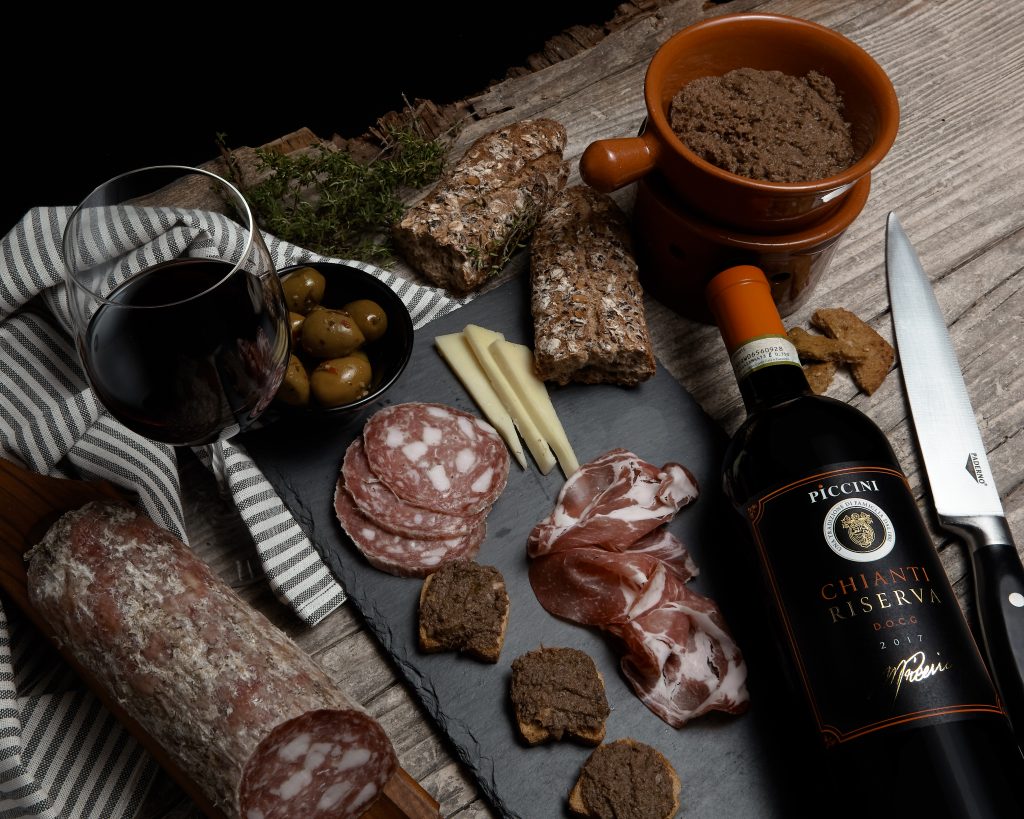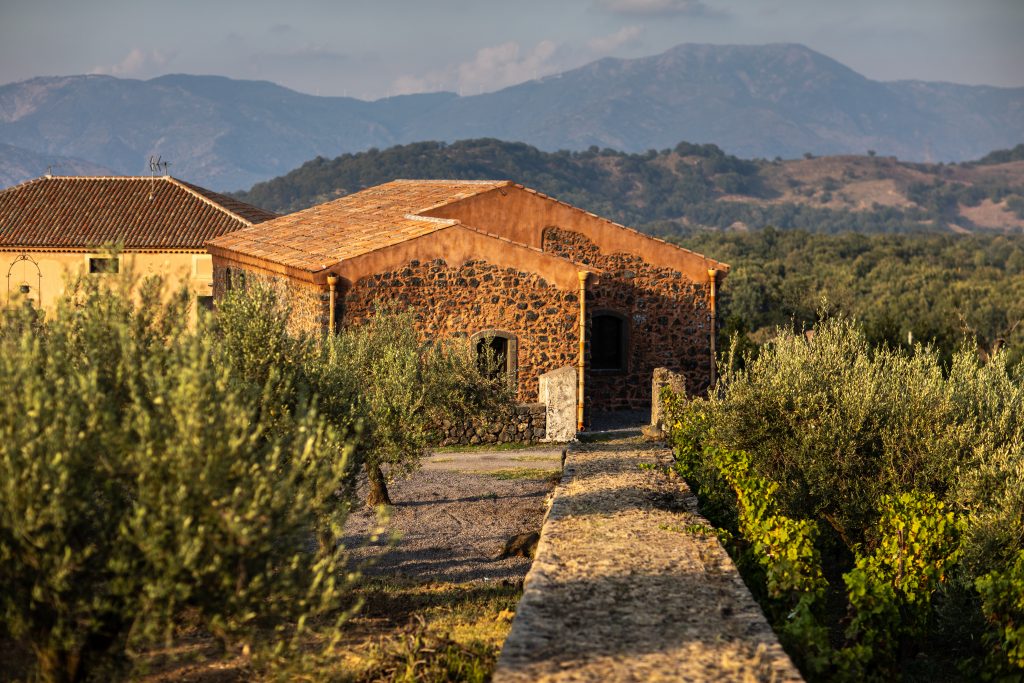From fiascos to fandom: Chianti, Piccini style
Winemaking tradition in Tuscany stretches back as far as the ancient Etruscans, through to the Middle Ages and the Renaissance when the Tuscan hilltop towns and provinces battled against each other and up to the present day, when the rise of the Super Tuscans (not an elite warrior taskforce but a term to define a wine that did not conform to the rules of the Chianti Consorzio) fuelled yet more global interest in the region.
It has been Chianti, however, that has stayed the test of time, with the Piccini estate firmly part of this established order. Founded in 1882 by Angiolo and Maria Theresa Piccini, the estate comprised just seven hectares of vines producing Chianti in the classic fiasco (straw flask) bottles, with gradual expansion as appetite for Chianti grew. Piccini became an international brand in the 1920s with exports beginning to other European countries and today Piccini wines are present in over 80 countries around the world.
The Piccini Chianti DOCG ‘Orange label’ is the estate’s flagship bottle, The label launched in 2002 and heralded a new age of Chianti in the 21st century with simple, iconic packaging that stood apart from the very conservative, traditional Chianti style of old. The wine too – bright, fresh fruitiness provides an easy introduction to Tuscan winemaking for the uninitiated.
Both Chianti DOCG and Riserva must contain a minimum 80% Sangiovese, with the remainder coming from a list of traditional local varieties and international grapes including Cabernet and Merlot.
The Piccini Chianti Riserva is a blend of 90% Sangiovese alongside 5% Colorino 5% Canaiolo – native Tuscan varietals which provide the seasoning to the backbone of Sangiovese. Sangiovese is Tuscany in a glass – although grown in other areas in central Italy, it’s the rocky clay-based soils of the Chianti region that elevate this smooth, cherry-scented varietal to dizzying heights.
Once the best grapes have been selected for the Riserva blend, the grape stalks are removed and the fruit undergoes a soft pressing before starting the alcoholic fermentation. The wine spends twelve months ageing in large oak barrels after fermentation, and is only release for sale after 24 months from 1st January following the harvest. The long oak ageing gives that classic woody spice with a rich, elegant, red-fruited palate and savoury tannins.
Piccini’s status as one of the top three scanned Italian wineries globally on Vivino in 2020 is testament to this global influx of Chianti fans – so the proof is, obviously, in the drinking!





